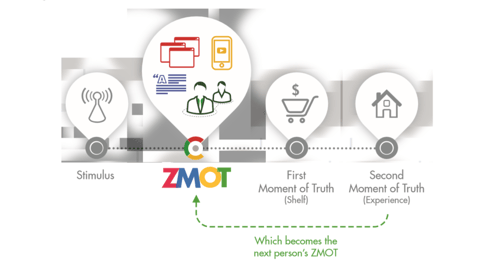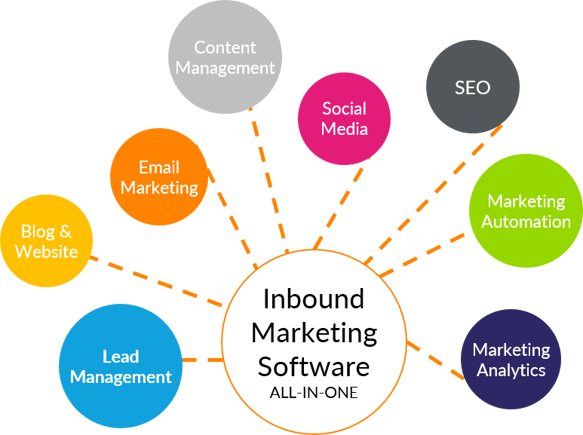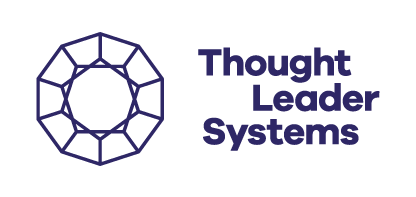The era of interruptive advertising is over with Inbound Marketing. People ignore unwanted promotional impulses and now expect useful information online that helps solve their problems and challenges.
Inbound Marketing fully leverages this new information behavior, placing people—along with their search behavior, interests, and information needs—at the center of marketing. Many marketing trends have made similar promises, but Inbound Marketing delivers on this commitment.
Outbound vs Inbound Marketing
Sooner or later, every industry’s marketing gets hit by changing buyer behavior. Whether we like it or not, the world is moving away from traditional "Interruption Marketing" or Outbound Marketing.
Until a few years ago, marketing was based on reaching out to customers wherever we could pay to do so. Consequently, we bombarded them with advertising messages, preventing them from doing what they actually wanted to do. We used outbound calls to get customers on the phone, reached them with ads on television, and filled their mailboxes with direct mails. But this approach is becoming less effective and more expensive.
The performance, reach, and cost-efficiency of traditional above-the-line instruments such as print, TV, and radio are declining. Interruption Marketing is still essential for some companies. For example, before you can watch a video on YouTube, you first have to endure a commercial. When you watch the next clip, you might be unlucky and see the same ad again.
Other companies have already liberated their business model and marketing from Interruption Marketing and prefer to be found by customers where they are actively seeking help and offers. This is the thinking behind Inbound Marketing.
A purchase today begins on the web.
Customer buying behavior has changed — permanently. This was demonstrated by Google's groundbreaking 2011 study titled "Zero Moment of Truth" (ZMOT). The ZMOT study showed that nearly all types of purchasing decisions are now prepared online. Customers first gather information through content and user reviews, forming a well-informed opinion.
Only after this "Zero Moment of Truth" do customers appear at the point of sale, make a purchase in an online shop, or seek a conversation with B2B sales. This is where inbound marketing comes into play.
Inbound marketing is future-proof
Inbound marketing means helping customers during their "Zero Moment of Truth" with reliable information. It effectively complements established outbound channels like advertising and direct mail.
With this new marketing method, you allow customers to find and engage with you (Attracting instead of Broadcasting). You position yourself where customers are seeking input—on Google, social media, Xing or LinkedIn, on your website, and in your blog.
You orchestrate all these channels with inbound marketing into a single customer experience. This way, you generate leads, build relationships and trust, provide knowledge, and turn customers into fans. This is achieved with the help of integrated marketing automation software that is easy to use and affordable for marketing departments.
What is marketing automation software?
In practice, you conduct inbound marketing with the help of advanced and user-friendly marketing automation software. You pay a monthly subscription fee for a web-based SaaS (Software as a Service) application, which is hosted in the cloud and therefore incurs no technical maintenance costs.
Your entire marketing team uses this inbound marketing software. It is designed for traditional marketing staff without a technical background. After a brief onboarding period, initial successes become quickly visible, motivating the entire team!

What does marketing automation software do in inbound marketing?
- Real-Time Marketing: Customer development and lead generation are centrally manageable in real-time, also applicable internationally and in multiple languages.
- All-In-One Marketing: Integrated marketing functions that previously worked separately, including search engine optimization (SEO), your blog, social media marketing, content marketing, landing pages and call-to-action buttons on your website, email marketing, as well as your website (CMS) and CRM system.
- Schnelle Erfolge: Quick Results: Your inbound marketing campaigns, keyword optimizations, and social media activities are immediately visible and consistently focused on lead generation.
- Easy to Use: Marketing automation software has a manageable training requirement and high user satisfaction. It is ideal for small to medium-sized marketing teams and well-suited for collaboration between companies and their supporting agencies.
- Seamlessly Integrated: Inbound marketing software is perfectly aligned with your existing CRM system (e.g., Salesforce, Microsoft Dynamics, or SugarCRM), social media, and email marketing solutions.
- Quick to Deploy: The software is easily accessible via an internet browser from a PC. Typically, no or only minimal on-site implementation by technicians is required (known as SaaS solution).
- Reliable and Mature: These software systems are internationally proven and already used by thousands of companies worldwide. You and your team are not guinea pigs for wild startups. A market leader in inbound marketing software and marketing automation for SMEs is HubSpot (www.hubspot.com), with whom we are a partner.
Conclusion
The time is right for inbound marketing as it replaces the increasingly ineffective interruption marketing, where customers are unexpectedly confronted with provider-oriented advertising. Instead, you offer value-driven content where customers are searching for it.
You build trust and carefully nurture prospects until they are ready to purchase. The best part: inbound marketing is not only a management philosophy but also a tangible, software-based marketing tool that allows you and your team to generate quick and visible results for your company.


